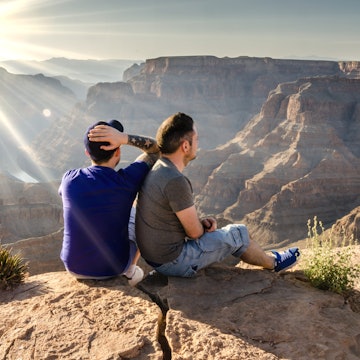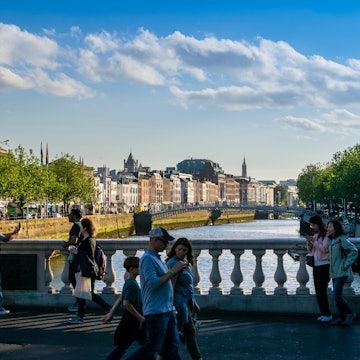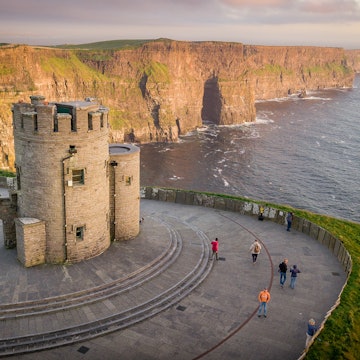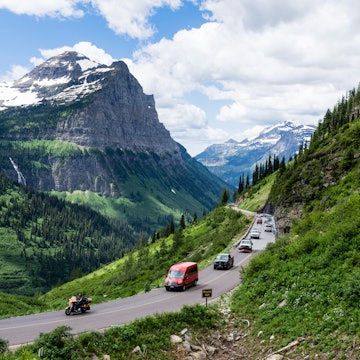
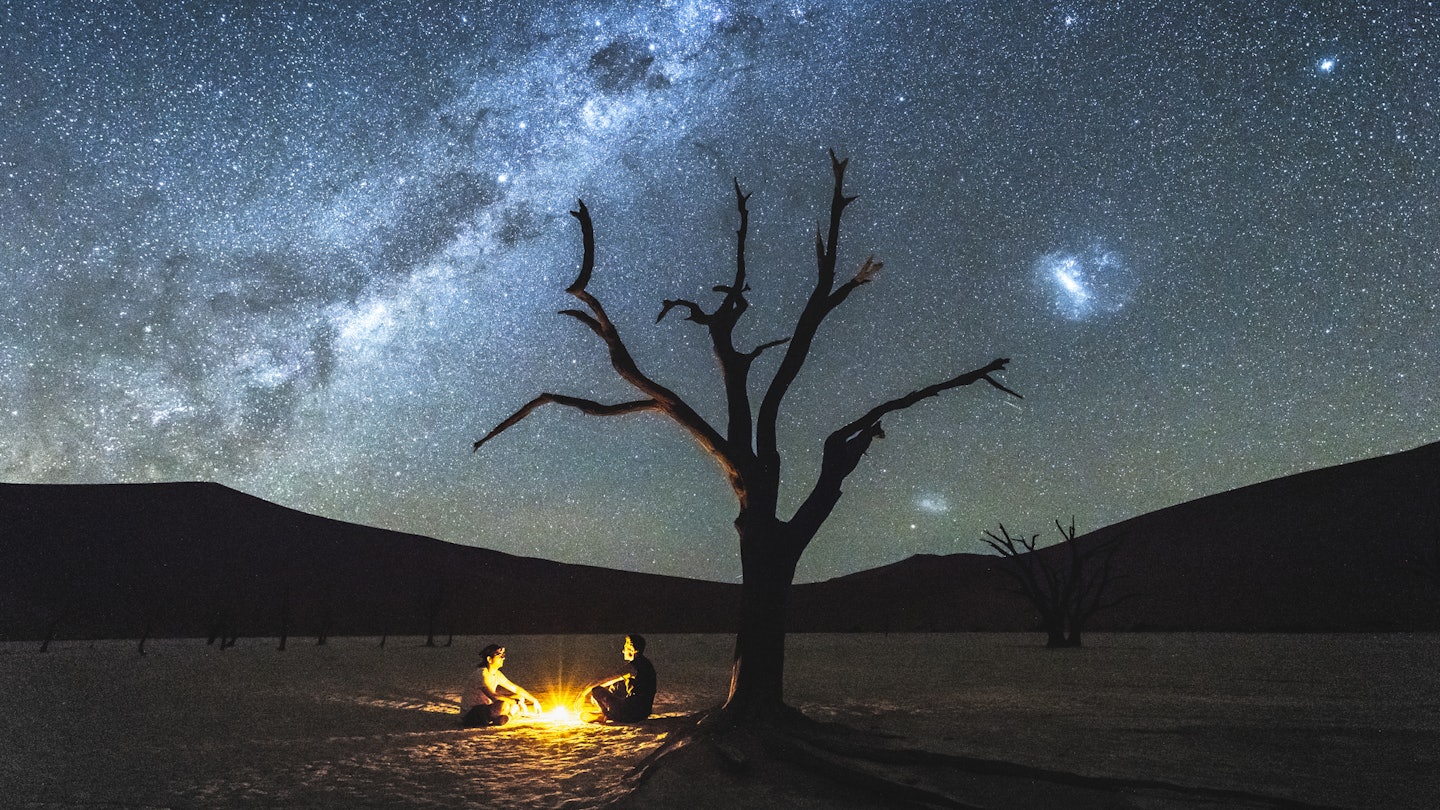
Our stargazing expert shares her favorite destinations for looking at the night skies. Marco Bottigelli/Getty Images
Author of Lonely Planet's new book Stargazing Around the World: A Tour of the Night Sky, Valerie Stimac, shares her favorite places for seeing the stars in all their glory.
Standing in the starlight under the swath of the Milky Way, the pristine night sky is one of the most incredible wonders many of us have not seen – and which is under threat due to the constant march of human progress and resultant light pollution. From April 21 to 28, the world will celebrate International Dark Sky Week, an event organized by Dark Sky to promote the preservation of dark skies around the world.
Of course, you can enjoy dark skies at any point of the year, and I am often asked about the best places to do that. Here is a selection of my favorite stargazing destinations around the world, but remember, there are countless others of similar quality and experience – use this list as inspiration to spark your own research and astrotourism adventure.
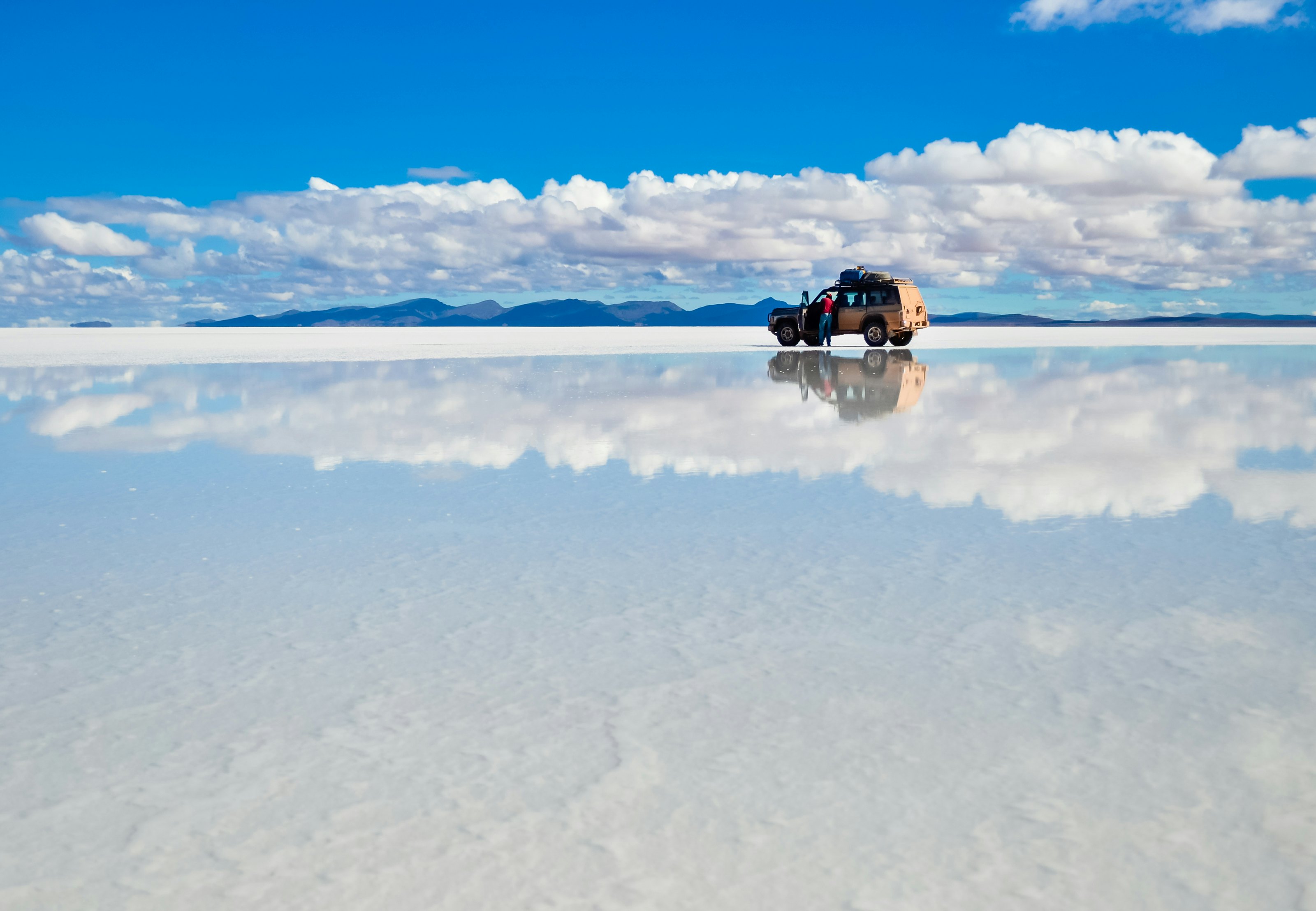
1. Salar de Uyuni, Bolivia
High in the mountains near the crest of the Bolivian Andes, several prehistoric lakes have come together to form the Salar de Uyuni, the world’s largest salt flats. When the surface is dry, the salar is a pure white expanse of the greatest nothing imaginable – just blue sky and white ground. When there’s a little water, the surface perfectly reflects the clouds and the blue altiplano sky, and the horizon disappears.
Visiting Salar de Uyuni is a complex undertaking: while it’s possible to explore Salar de Uyuni on your own, it’s advisable to go with a tour provider due to the size of the flats and the logistics of booking accommodations and amenities. There are increasing opportunities to visit the Salar de Uyuni at night to take advantage of its dark starry nights and wide horizon. As the Salar de Uyuni is relatively undeveloped (except for intermittent tourism amenities throughout the flats), visitors can experience truly dark skies. Tour operator Ruta Verde runs special itineraries specifically focused on stargazing, though other providers also serve the area.
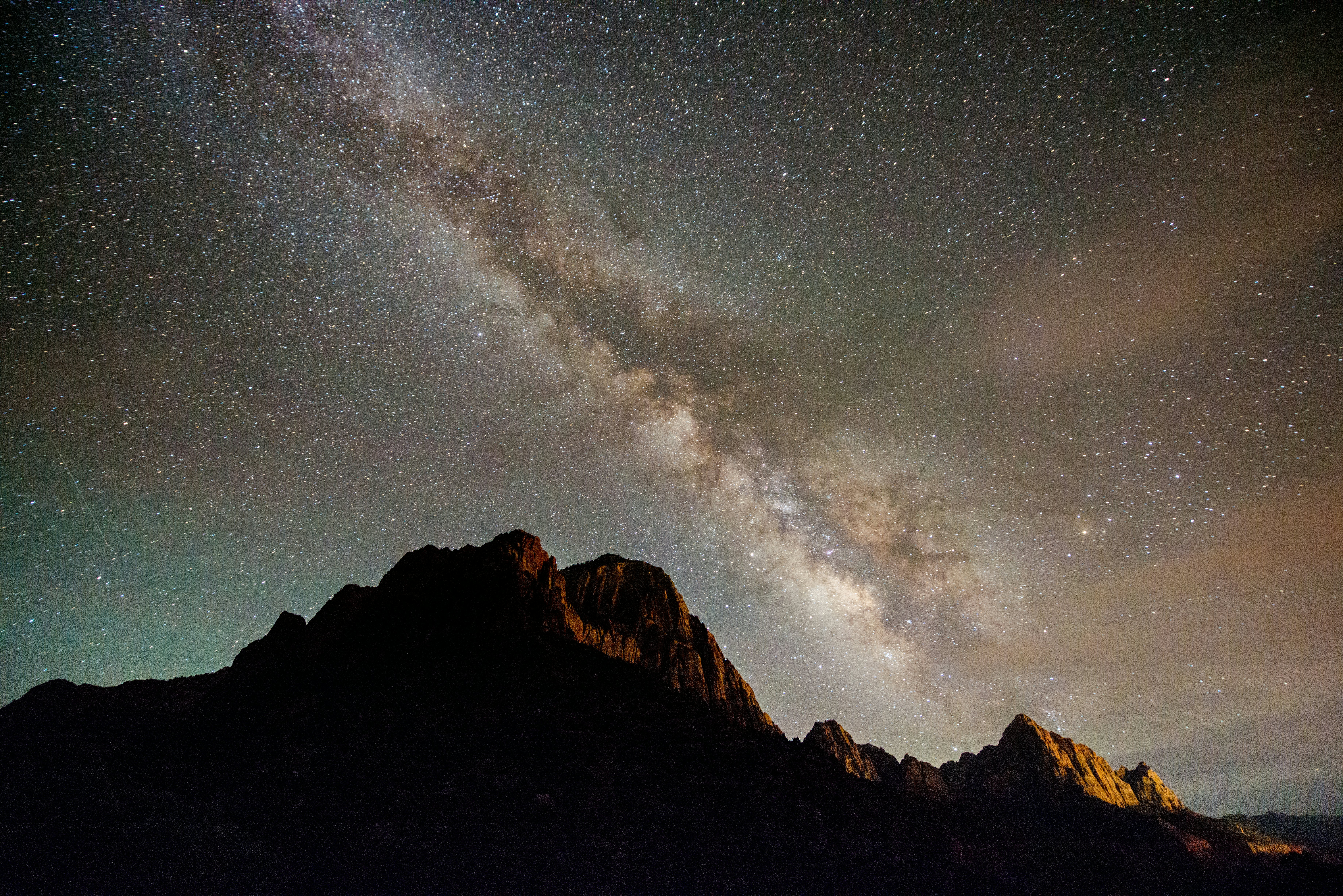
2. Utah and Arizona, Southwestern USA
If there’s one region in the world that comes to mind for the greatest density of incredible dark sky locations, it has to be Southern Utah and Arizona in the American Southwest. In fact, these two states continue to compete for which one has more International Dark Sky places.
Within this vast area, there are several great places to visit for stargazing. For inspiration, one could plan a trip to visit all five of Utah’s National Parks – Utah’s “Mighty 5” – which are all recognized dark sky parks. Or to Arizona’s Grand Canyon National Park and neighboring Grand Canyon-Parashant National Monument, where the gigantic geologic formations rival the stars in their expansiveness.

3. Mont-Mégantic, Canada
Mont-Mégantic paved the way and became a model for dark-sky protection as the world’s first designated Dark Sky Reserve. Located in southern Québec near the US border with New Hampshire and Vermont, Mont-Mégantic Dark Sky Reserve encompasses some 3300 sq miles (8547 sq km), including the community of Sherbrooke, Mont-Mégantic National Park, and the observation facilities therein. Mont-Mégantic National Park is a popular hiking destination but also great for snowshoeing and cross-country skiing in winter months. Paragliders and hang gliders also love to catch a ride off Mont St Joseph, whereas mountain bikers and cyclists appreciate the challenge of navigating the mountains throughout the park, and birders enjoy spotting some of the avian species protected here.
Camping and other rustic accommodations are available in the park, where you can set up on your own for some stargazing. In addition to experiencing the national park by day, your main must-see stops are the Mont-Mégantic Observatory, the Popular Observatory, and a visitor center, ASTROlab. Mont-Mégantic Observatory operates the second-largest telescope in eastern Canada, 63in (1.6m) in diameter. The observatory is open to the public for daytime tours and night-time astronomy events.

4. NamibRand Nature Reserve, Namibia
Some of the world’s best places to see the stars are far from the crowds — and their associated light pollution. Life is harsh in the world’s desert environments, and this reduces human development and light pollution. One such place is the NamibRand Nature Reserve in Namibia.
NamibRand Nature Reserve was established in 1984 by J.A. Brückner, a successful businessman who began acquiring farmland on the Namib-Naukluft National Park. Working with other farm owners, he successfully petitioned that the land be turned into a nature reserve. Today, over 215,000 hectares of Namibian desert and savannah are protected in one of the region’s largest private reserves.
In 2012, NamibRand Nature Reserve was recognized and certified as a Dark Sky Reserve; within the reserve, all tourism and business construction is required to comply with low-pollution lighting to help ensure the skies above NamibRand remain dark and species aren’t affected by light pollution.

5. Mt Bromo, Indonesia
Located in the fiery heart of East Java, Mt Bromo is considered one of the top attractions in Indonesia. Travelers come to climb near this active volcano to watch the sunrise, but Mt Bromo is quietly gaining renown as a great stargazing location in Indonesia, as astronomers observe and astrophotographers capture photos of the Milky Way, Andromeda Galaxy and the Magellanic Clouds. Located less than 10 degrees south of the equator, Mt Bromo and the surrounding region are also a good destination for viewing the southern night sky and meteor showers like the Southern Taurids.
Unlike other dark-sky places that offer designated locations and planned astronomy activities, stargazing in Mt Bromo is a mostly independent affair. Consider planning an early morning stargazing session so you can also view the sunrise from Mt Penanjakan, a popular lookout with Mt Bromo in the foreground. Visitors can also plan their trip around the annual Yadnya Kasada ceremony, an offering from the Tenggerese people to the mountain in honor of a Majapahit kingdom legend.
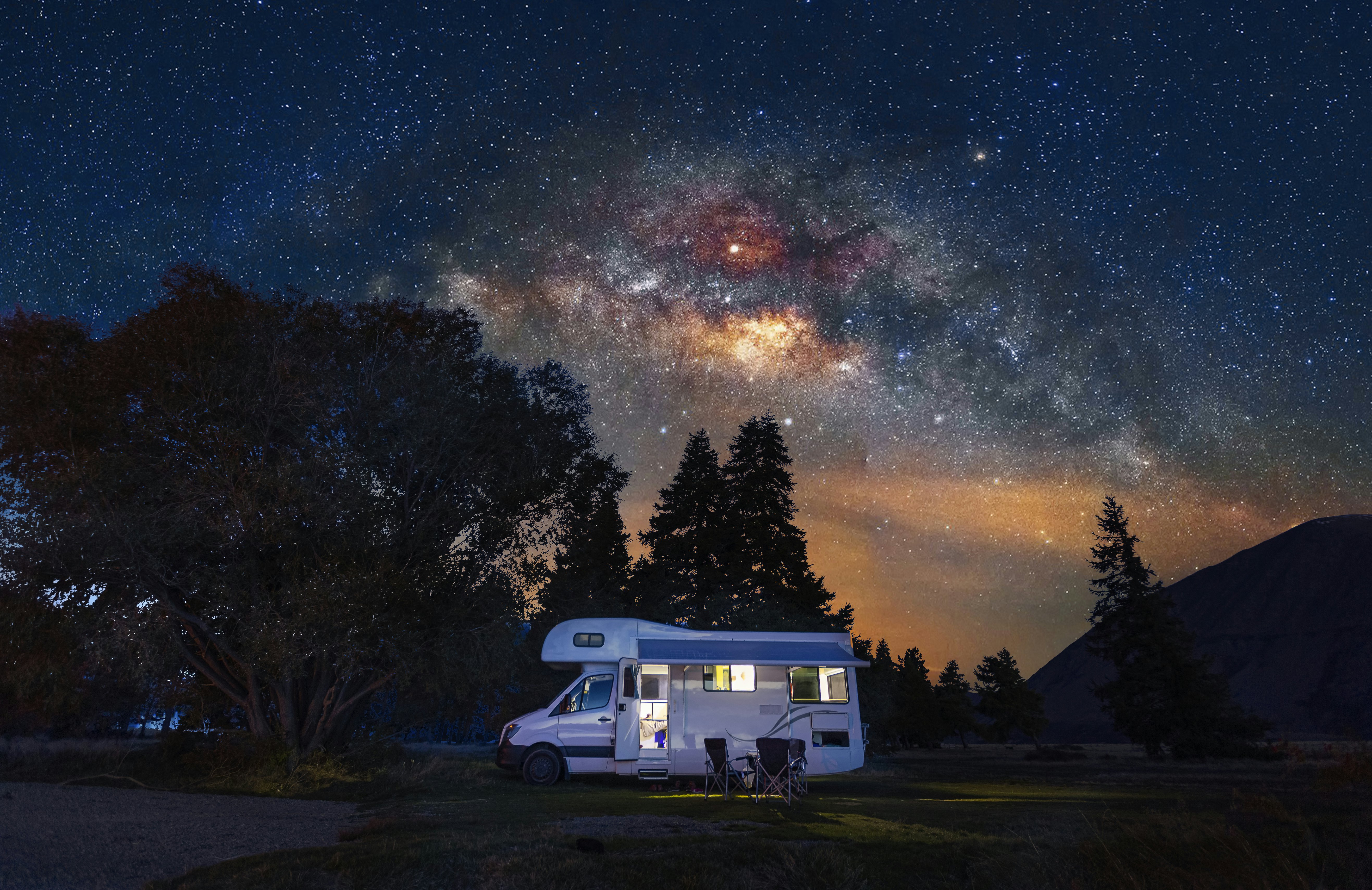
6. Aoraki Mackenzie Dark Sky Reserve, New Zealand
In the early days of human history, the night sky was a central character in cultural lore and belief systems. Before artificial light and electrical power, the stars were the primary show available to everyone each night, and the stories about stars, constellations and other astronomical phenomena seem almost as numerous as the stars themselves. This holds especially true for the Māori of New Zealand, who not only had a complex lore about the night sky, but used the stars for navigation around New Zealand’s islands.
Thanks to this origin, New Zealand has long been a haven for astronomers and increasingly for astrotourists. Aoraki Mackenzie Dark Sky Reserve, located in the heart of New Zealand’s South Island, is one of the best places in the country to view the night sky. Comprised of Aoraki/Mt Cook National Park Visitor Centre and the Mackenzie Basin, the Dark Sky Reserve was certified in 2012 to continue protecting the dark skies in the area.
Stargazing enthusiasts should plan a visit to Mt John Observatory, which offers night sky tours and observation through one of the facilities' many telescopes. Tours must be booked in advance through the exclusive tour operator Dark Sky Project and originate from the nearby town of Tekapo.

7. The Wild Atlantic Way, Ireland
Most visitors road trip Ireland’s western Wild Atlantic Way – a tourism route designated in 2014 to encourage visitors to explore beyond hot spots like Dublin and Cork. But the route is also fast becoming a great region for stargazing, thanks to the efforts of local communities along the Way who’ve worked to achieve dark sky designation.
Kerry Dark Sky Reserve, located on the Kerry peninsula in southwest Ireland, received its designation in 2014. The area is well protected from light pollution thanks to the Kerry mountains, and visitors can gaze out over the Atlantic Ocean at the vast expanse of sea and stars. Similarly, Wild Nephin National Park offers visitors incredible dark sky quality further up the western Irish coast in County Mayo. I was fortunate to visit Wild Nephin (also sometimes called the Mayo Dark Sky Park) in late 2019 and it was one of the darkest skies I’ve ever witnessed.
If planning a trip, keep in mind that Ireland does have wet months where overcast skies are more likely to interfere with your stargazing prospects.

8. Wadi Rum, Jordan
I’ll end by sharing one of my personal favorites, based on my experience traveling to Jordan several years ago. During my trip, I saw many of the country’s highlights: the Roman ruins of Jerash, the vast expanse of the Dead Sea, and the Rose City of Petra. I also spent one night at a camp in Wadi Rum, the desert region in southern Jordan.
Wadi Rum is also sometimes called the “Valley of the Moon,” though you’re more likely to compare it to Mars if you visit. Made famous for its otherworldly landscapes in movies like Prometheus, Star Wars: Rogue One and The Martian, Wadi Rum’s towering red rock formations are fascinating to explore by day – and offer protection from any distant light pollution once the sun sets.
Stargazing in Wadi Rum is a breathtaking experience, and like NamibRand Nature Reserve and Aoraki Mackenzie Dark Sky Reserve, reminds us how our ancestors experienced the night sky for millennia before light pollution began to encroach on this wondrous natural resource.






